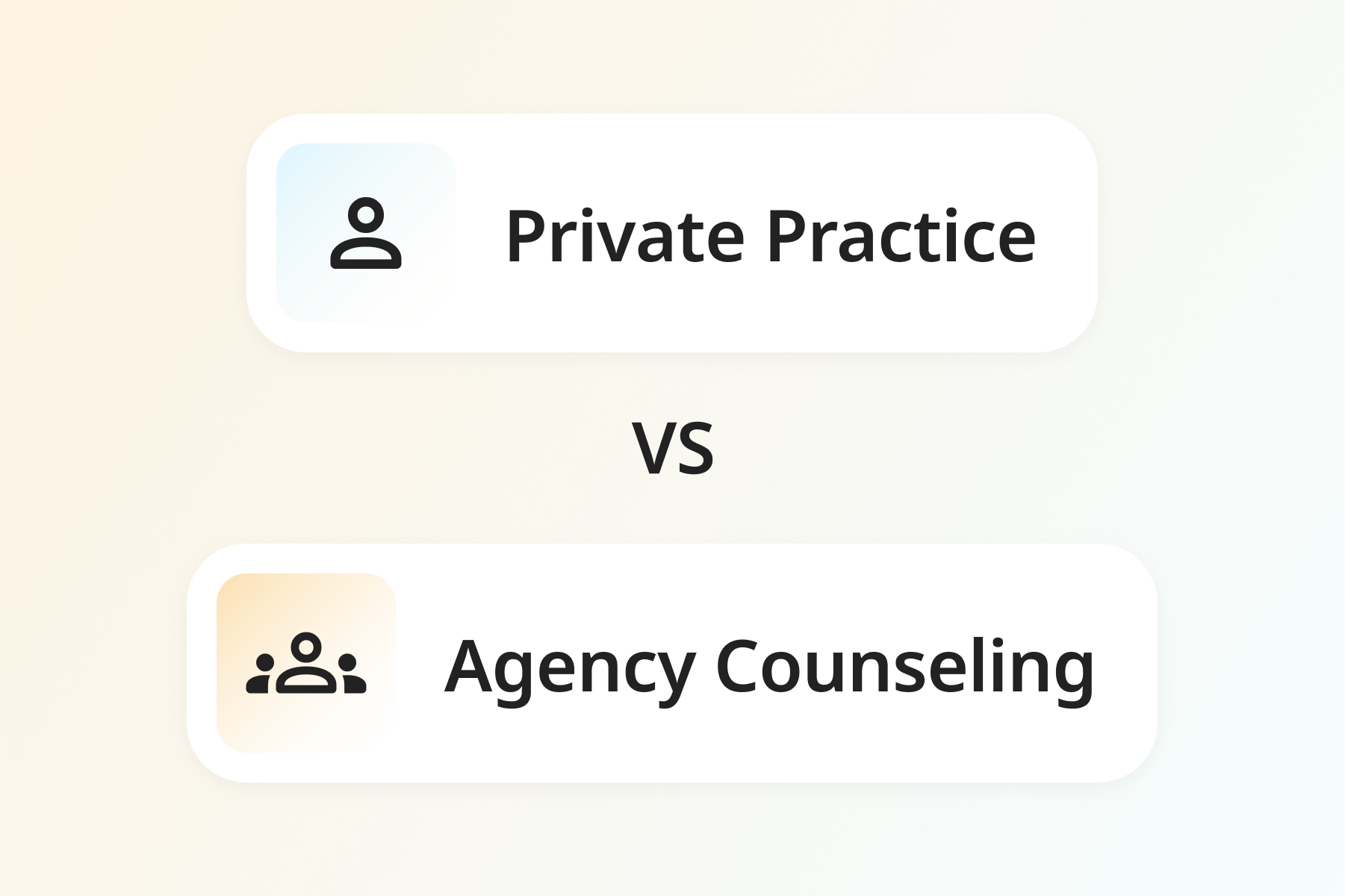Tailoring Therapy to Your Clients


Many social animals, like wild turkeys and wolves, have a “pecking order” — an established hierarchy of dominance that is understood and (usually) respected by all members of the flock or pack. If you grew up with siblings, or ever played “king of the mountain” at grade school recess, you know that we humans can also have a pecking order.
Many of us settle into these roles, and after childhood is over, we continue to be either “alphas” (more often a leader in relationships) or “omegas” (more willing to accept direction from others). Though our culture seems to prize leadership, other cultures show similar respect for “followership.” Since there are more slots available for followers than leaders, this omega role is not a bad one — if we can get past our American prejudice against it.
Sometimes, of course, the insistence of a client upon one role or another is problematic, and a source of their distress. An abused, codependent spouse is suffering from inflexibility in his or her relationship style, and hence unable to confront... or leave. So is a tennis star who reflexively starts screaming at the policeman who has just pulled them over, and who is now unholstering a Taser.
Do you know your preferential style?
Ideally, we humans have a level of comfort with leading AND following, depending on our current circumstances. Though the best adjusted humans can feel comfortable in either role, we will lean toward alpha or omega as a preferential style. This includes us as therapists!
If so, a self-assessment may be helpful. What is your default style? Asking yourself the following questions may give you a hint:
- Are you likely to seek election to leadership roles, or does that idea nauseate you?
- Do you bring up new topics in group conversations, or prefer to add comments to the existing chatter?
- If you and your spouse are both staring at the cornucopia of parts that has just come out of a cardboard Ikea box, who is more likely to pick up the instructions and direct the assembly?
If, from this informal assessment, you determine that you lean toward alpha, you may be more comfortable with a highly directive form of therapy, like DBT or CBT. If you lean toward omega, you may be more attracted to a client-centered approach, like Rogerian therapy or ACT. All of these approaches are helpful and time-tested... but you are going to feel more at home with a brand that suits your style.
A practical approach for your practice
But wait — didn’t we just acknowledge that inflexibility in your alpha/omega role can be pathological, or at least sub-optimal? Yes! So ideally, you can get comfortable with both styles of relating to your clients. A good toolbox has more than one tool in it, and a great therapist doesn’t insist that their preferred approach is best suited for all clients.
If you detect early on that your client is an alpha, assume the omega role, functioning as an assistant in their self-exploration. Conversely, if they are clearly omega, they are seeking concrete direction. They will look for another therapist if you don’t provide that direction quickly.
What if you have determined that the problem IS their alpha/omega role inflexibility, as in the examples of the abused spouse or the soon-to-be-Tasered tennis star? Shouldn’t you be encouraging them to try relating differently, rather than falling into the opposing role yourself and thereby assisting with the continuation of their pattern?
Well, yes and no. Though this may be the ultimate goal of therapy, the immediate goal of the first session is to get them to come back for the second session! A bit of salesmanship may be called for at the beginning of treatment, and so adopting the complementary role to theirs just makes sense. After rapport is established in a relationship style that is comfortable for your client, they will be ready to listen to your feedback about acquiring role flexibility.

.jpg)

